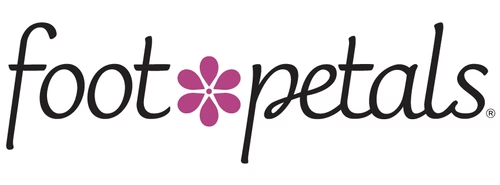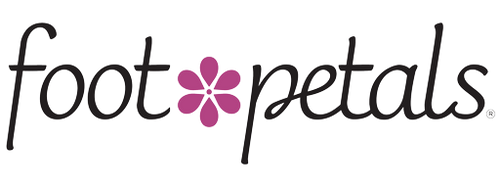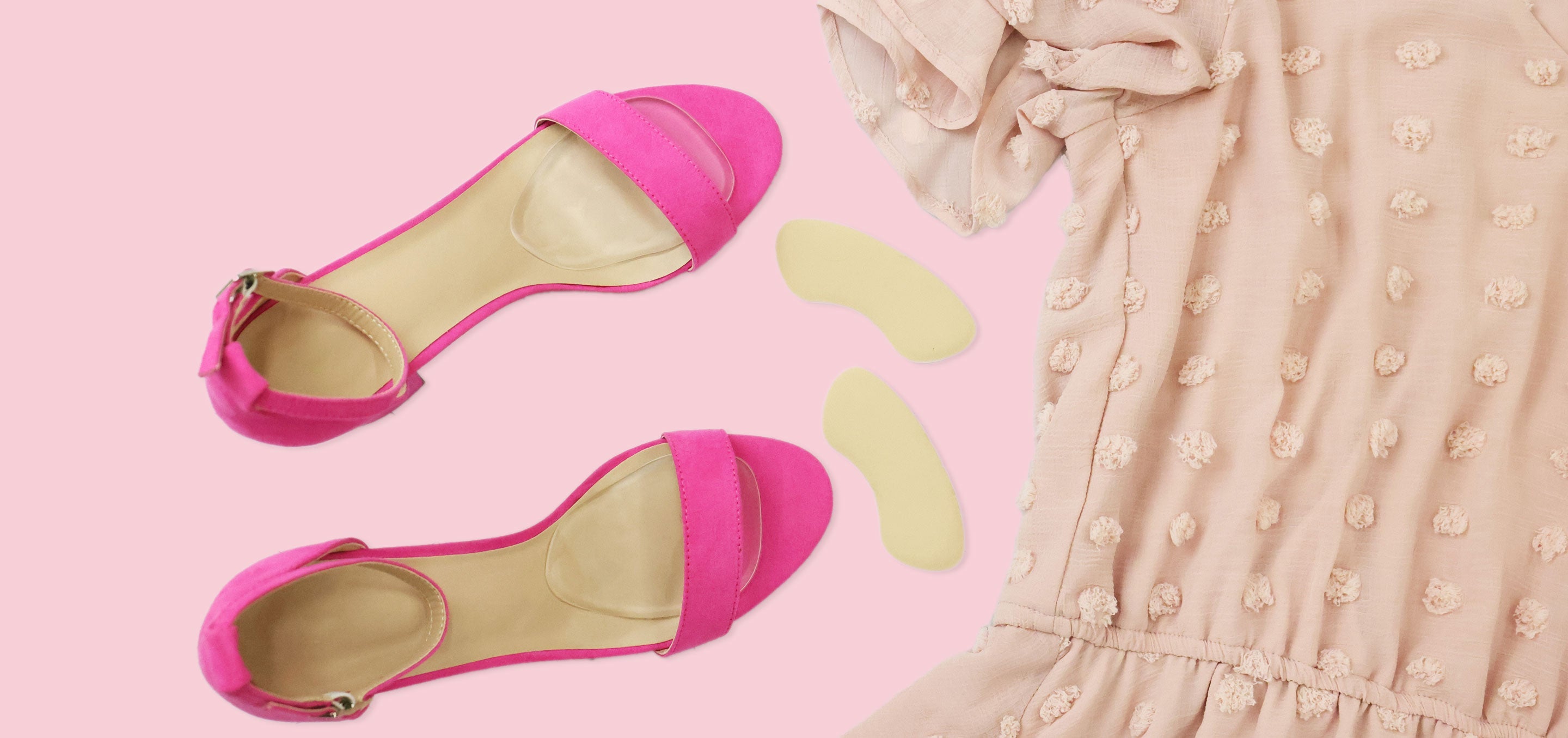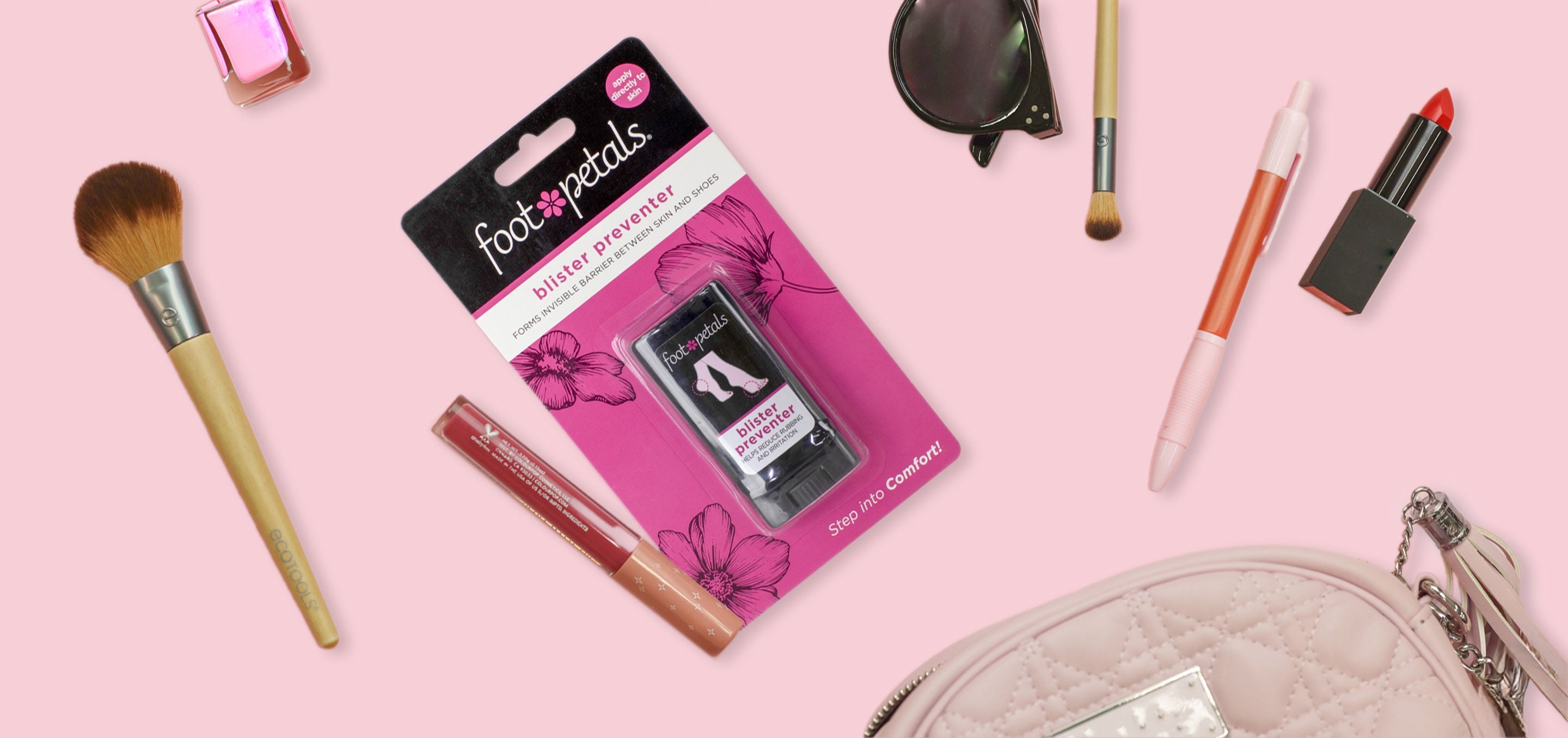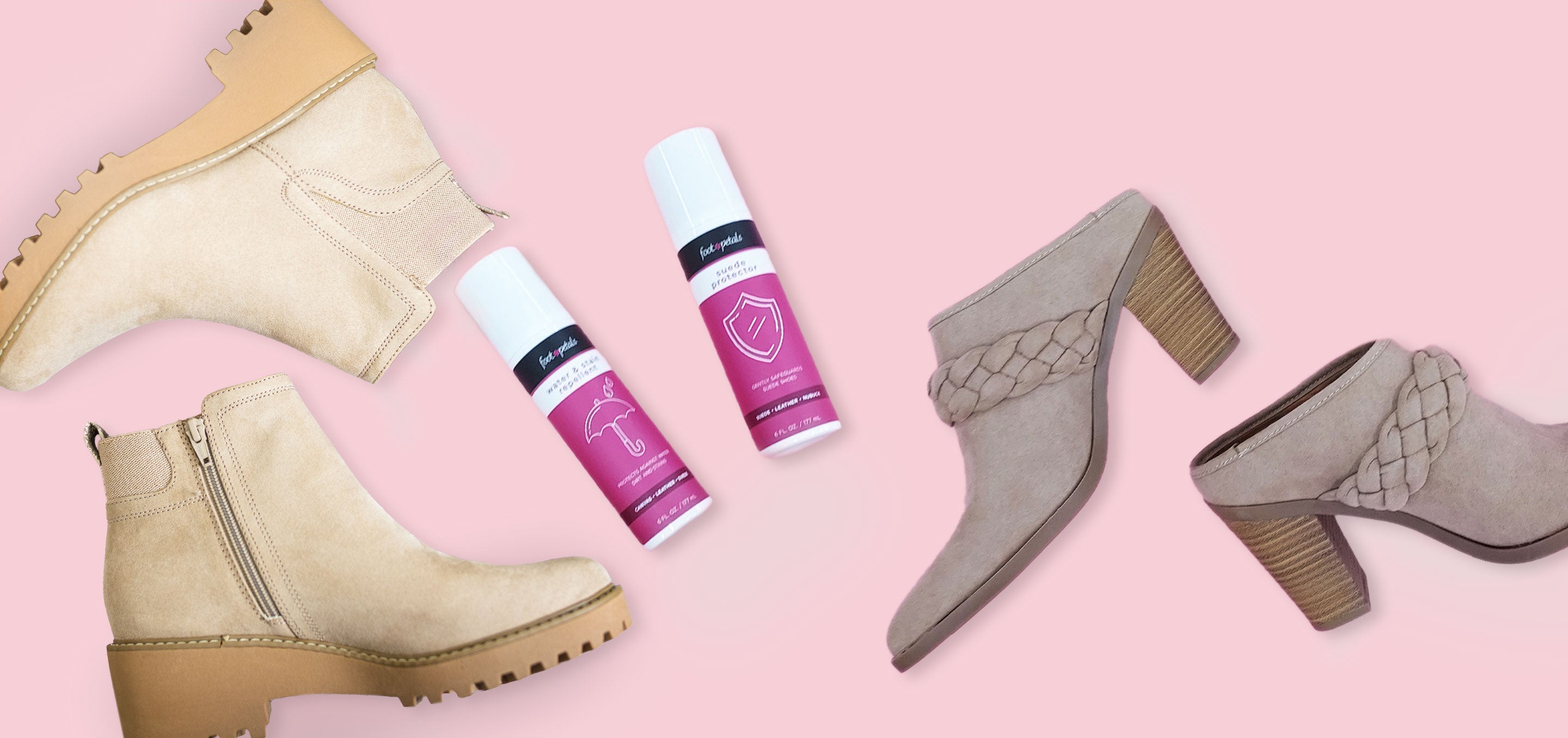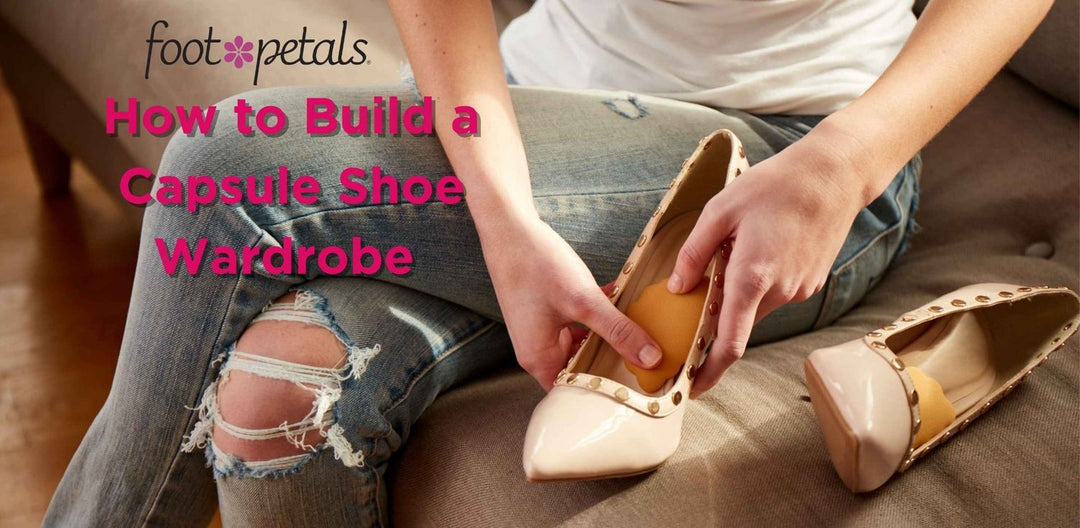Spring Cleaning: How to Organize a Junk Drawer

Organization Ideas for Small Items
From kitchen junk drawers to cluttered vanity shelves, you might have more “stuff” than you know what to do with. Tidying up your most random belongings is the biggest battle of spring cleaning and often a major stressor. Luckily, we’ve put together this guide to teach you how to organize a junk drawer and put those small, miscellaneous items where they belong.
How Clutter Causes Stress

With the start of the new year and spring promising warmth and sunshine, many people set stress reducing goals. This includes working on their diet, practicing mindfulness, and tidying up their homes.
Clutter can be a huge distraction and a total drain of energy and time. When everything is a mess and you can’t find your keys or that coupon or your overdue gas bill, your junk can quickly turn into chaos. You might find yourself apologizing for your mess each time a friend visits or feeling overwhelmed by the weight of your current stress on top of all the clutter.
Minimizing visual clutter is beneficial for your health as it helps clear up mental messes, improve focus, and give us more control of our lives. Just a small amount of organization each day can have a huge impact on your physical and mental space. So, why not start with the smallest, yet biggest challenge? Organize the junk drawer.
Does Everyone Have a Junk Drawer?

While there may be a small percentage of people who own a clutter-free home, the minimalist lifestyle doesn’t suit everyone. We lead busy lives from ushering kids to and from school or sports to working overtime for that big promotion. In our wake, we leave behind the small things: fast food bags on the car floor, grocery receipts in your purse, hair ties all over the bathroom counter, etc.
Whether it’s a designated drawer in your kitchen or a closet at the end of the hall, most people have some place where they store miscellaneous items and, often, completely forget about them. Cluttered wardrobes, messy nightstands, and even that mountain of billing statements on your dining table can all be considered a space for “junk.”
Junk Drawer Organization Tips
From taking care of those miscellaneous closet items to making more room for your spring capsule wardrobe, these DIY organization hacks turn your messy drawer, closet, or tabletop into a conveniently clean and functional space.
Empty It Out
Depending on the size of the space you need to tidy, you may have to schedule an hour or more to go through the mess. For a drawer or closet, empty out the contents of the space on your dining table, living room floor, or somewhere you can easily see everything.
Keep, Toss, or Relocate
Start separating the contents of the junk drawer into three piles: items you keep, items you toss or donate, and items that don’t belong. For example, a spare garage door opener remote is a necessary back up while the manual to your microwave may be better off in a filing box. If you’re wading through a closet in the hallway, you may decide to resell shoes you haven’t worn in years.

When deciding whether to keep or toss an item, ask yourself if it has a logical purpose. Practical clothing items, for example, are easier to place than smaller, less useful accessories like bent bobby pins or hole-filled socks. Chances are, if you can’t answer why you need that item after 30 seconds goes by, you can get rid of it.
Deep Clean
Junk drawers are a landing spot for things we don’t use often enough. Therefore, it’s easy for these surfaces to collect dust, grime, and stains. While you have this space completely emptied out, do a deep clean by wiping down surfaces, vacuuming corners or tight spots, and using a versatile shoe deodorizer to fight off unwanted smells.

Use Organizers
Junk drawer organizers, like any specially made organizers, are extremely helpful at corralling small items and keeping them in their place. Measure your space first to ensure they will fit, then use a label maker or permanent marker to designate what goes inside.

Clear plastic trays, cloth bins, drawer dividers, or zippered plastic bags all make excellent organizers. If your junk drawer is in your entryway, add a trinket tray to an entryway table for keys, sunglasses, and wallets. For closets, hanging organizers are perfect for storing seasonal clothes in one designated spot.
Repurpose Your Junk Drawer
By giving your junk drawer a different purpose, you can think of it less as a cluttered mess and more as a practical storage space. If you find yourself hunting for a pen when on the phone, writing utensils and sticky notes are ideal for this spot. Hand tools for minor home repairs, such as screwdrivers or hex keys, make sense inside a kitchen drawer.
Organizing the Rest
Here is how to organize miscellaneous items from your home:
- Office supplies – Pens, sticky notes, stamps, and business cards should all have a designated space in your home office. If you do not have a home office, an entryway table or end table in the living room is another useful spot.
- Electronics – Tangled phone chargers and batteries strewn about make finding what you need a chore. Keep these items where you use them most such as your bedroom, car, or media room.
- First Aid – Sifting through paper clips and old birthday candles to find a bandage isn’t ideal first aid. Keep bandages, blister healers, and ointments in a clear plastic bag or an unused makeup bag in the linen closet or medicine cabinet for easier access.
- Shoes – Is there a pair of cute shoes hiding in your closet or under the bed? Rediscover those lovelies with Foot Petals shoe cushions. Cozy up uncomfy heels and fix your fit in flats, sandals, or slip-ons with ball of foot cushions, insoles and inserts, back of heel cushions, and more.
- Accessories – From untangling necklaces to how to organize hair accessories, tidying your fave outfit accessories can be a challenge. Empty jars, mini acrylic drawers, and empty ice cube trays are perfect for storing hair ties, clips, earrings, and bracelets.
- Makeup – Dirty makeup brushes, foundation sponges, and palettes tossed into a bag or across your vanity counter does more harm to your products than good. Use a pencil holder to tidy up brushes, keep foundation sponges on a soap tray, and organize palettes with a cosmetic tray.
- Papers – Take out menus, warranty papers, and billing statements get lost fast when shoved into a drawer or on a pile of week’s old mail. It’s best to organize loose papers in a file or folder and keep them where they make sense.

Staying Organized with Foot Petals
Ultimately, decluttering your home has a lot to do with putting items both big and small where they logically make sense. With Foot Petals, you can use them on-the-go with portable kits and cushions. Or, keep Foot Petals inside your closet with your shoes or in your sock drawer to make getting ready for work or classes a quick process.

Now that you know how to organize accessories and give your junk drawer a higher purpose, you must maintain your tidiness, too. Identify where in your home clutter tends to fall. Make a mental note to avoid piling things up there. With a regular schedule of cleaning once a week, you should be able to gain better control over clutter and your life.
References:
Gordon, S. (2021, February 23). Mental Health Benefits of Cleaning and Decluttering. Verywell Mind. https://www.verywellmind.com/how-mental-health-and-cleaning-are-connected-5097496
